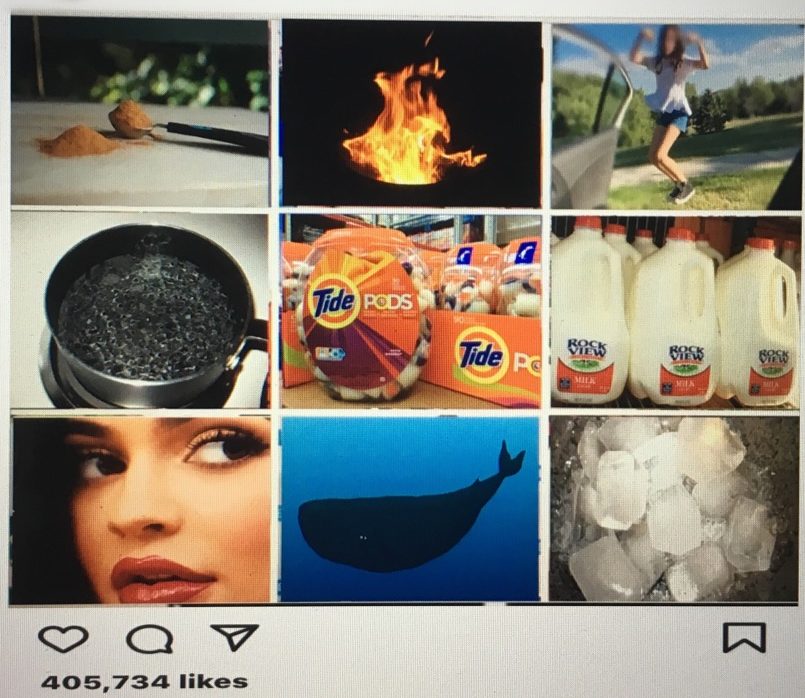Widespread Dangerous Challenges on Social Media
The widespread of dangerous challenges to teens has increased since the uproar of social media apps like Instagram, Twitter, and SnapChat.
An Instagram feed with dangerous challenges that has received thousands of likes. Photo courtesy of Google under the creative commons license, edit done by Alexandra Realmuto.
April 8, 2019
Salt, ice, shot glasses- these aren’t just common things at a bar. Tide pods and cinnamon- these aren’t just common things in a household. There’s an epidemic spreading and these items are apart of dangerous social media challenges.
The widespread of dangerous challenges increased since the uproar of social media apps like Instagram, Twitter, YouTube, and SnapChat. These apps allow their users to post content to share with their friends and followers on an algorithmic feed. A users feed places most liked items/items the user may like towards the top and items they most likely won’t enjoy towards the bottom.
To create an account on most apps you have to be at least 13 years of age while many parents allow their children to use the apps at a younger age because of some creators that are family friendly. By using these apps a young person is still prone to be exposed to PG13 material that isn’t appropriate.
Parent, Karen Guzman isn’t keen on the idea of young people being targeted to take part in these challenges.
“They are making these challenges seem fun or scary so young people feel motivated to do it,” said Guzman. “Unfortunately some parents can’t monitor what their child is doing so they continue on doing these challenges.”
Most of the time when a child is exposed to inappropriate material it is related to an unsafe challenge that somebody has created. Some of these challenges include the Tide Pod Challenge, the Kylie Jenner Lip Challenge, the Blue Whale Challenge, the Cinnamon Challenge, the In My Feelings Challenge and many more.
These challenges include trying to eat colorful looking laundry detergent, putting a shot glass on your lips to make an airtight seal to enhance your lips, eating spoonfuls of cinnamon, jumping out a moving car, and doing a series of tasks such as cutting yourself till the last task tells the person to kill themselves.
The intensity and location of a challenge vary how many people take apart of them from 86 people eating Tide Pods in the USA, 130 children killing themselves from the Blue Whale challenge to 40,000 videos uploaded of the cinnamon challenge.
Each challenge is dangerous with some causing only minor damage to the body like sucking air from a shot glass while others can lead to death from the ingestion of a substance. This doesn’t explain the outbreak of how these challenges became viral in the first place.
SBHS Freshman, John Hitchmon said that “there’s a lot of people who may be easily influenced and people are causing themselves pain just to blow up on their accounts.”
Videos of these challenges can get millions of views on Youtube and thousands of likes and comments on Instagram which gives them more publicity. Then more people view the video and continue the trend to gain the same amount of publicity.
Many users like Sacha Robertson use social media apps every day but do not take part in the challenges and don’t find them entertaining.
“They do it so they can post them online to their accounts to try and set trends so they can gain followers and likes [and] become famous,” said Robertson.



